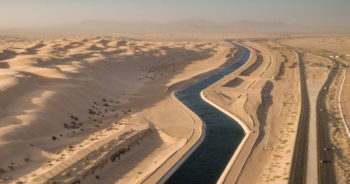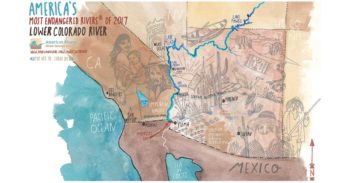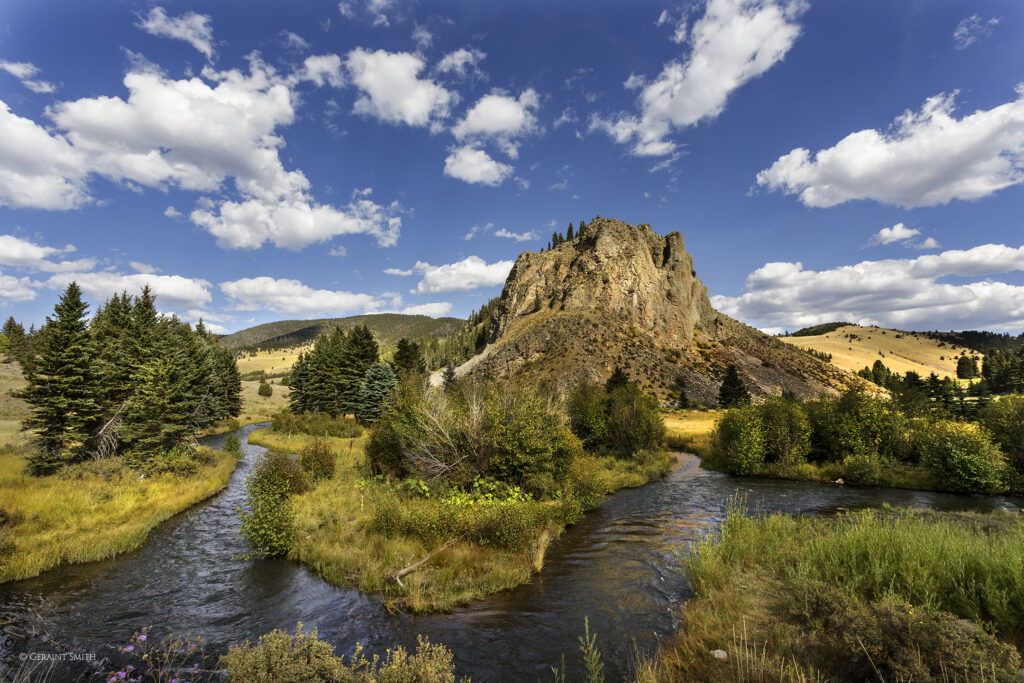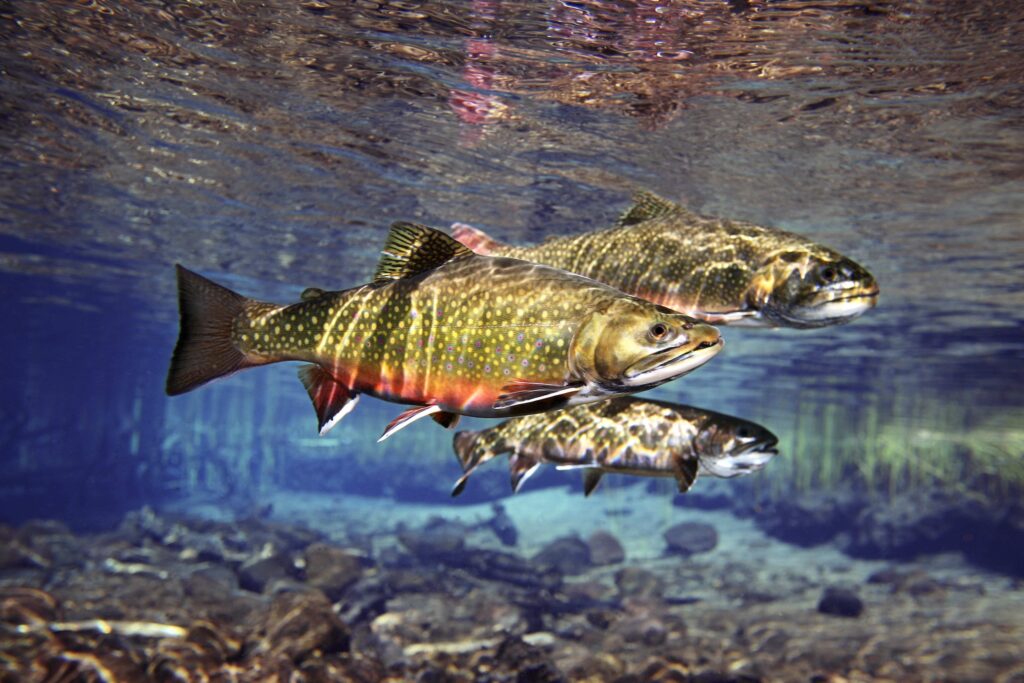Why the Lower Colorado is America’s #1 Most Endangered River®
The Lower Colorado River has been subject to piping, diverting, and damming, ultimately stripping its title and consideration as a river. But, in fact, the Lower Colorado River is one of the most important rivers that desperately needs our protection. By coming together and promoting smarter solutions to help our most endangered rivers, we can help sustain the Lower Colorado River and protect it from further damage.

One would be hard pressed to find a river more important to a region than the Lower Colorado.
The river provides drinking water for nearly 30 million people from Las Vegas to Phoenix to Los Angeles. It irrigates millions of acres of farmland, growing the vast majority of our nation’s winter vegetables in places like Yuma, Arizona and California’s Imperial Valley. All told, if the river disappeared today, the United States would lose hundreds of billions of dollars in annual economic output.
While the river is not going to disappear, there is a very real possibility that over the next several years, water deliveries will be cut to some users because we collectively use more water than the river can provide. It is also likely that water availability will continue to decline due to rising temperatures caused by climate change. Even incremental cuts to water supply will have a huge impact on the environment and the regional economy. For example, in the event of a shortage, initial cuts would take water from Arizona’s agriculture industry, forcing farmers to either fallow their land or increase groundwater pumping to water their crops. Further cuts would literally dry up most of Central Arizona agriculture. Many aquifers across the state are already depleted, and when the groundwater goes, so does the desert environment, biodiversity, and quality of life.
Some may ask, why list the Lower Colorado River when it’s hardly a river; most of it has been piped, diverted, or dammed? Or some may say, why focus on this threat when clean water, public lands, and our bedrock environmental laws are under attack? The answers to these questions are straight forward – the river is too important, and the consequences to the environment and the economy are too severe – if we do not continue the progress made to address the water imbalance by Arizona, California, Nevada, the Federal Government, and others through agreements like the Drought Contingency Plan (DCP) and the Drought Contingency Plan “Plus” (two key collaborative agreements currently in negotiation) in Arizona. While there are many legitimate and combative environmental public policy debates happening in the country right now, water is a non-partisan issue.
In the DCP agreement, the Lower Basin States are negotiating voluntary cuts to Colorado River water deliveries in order to stabilize the system and avoid deepening water shortages. Each state is also developing a plan for municipalities, citizens, and industry to adapt to a potential reduction in water. Arizona in particular, where this plan is called “DCP Plus,” entails additional conservation measures, innovative water sharing approaches, and enhanced efforts specifically designed to avoid water shortage, before it’s too late. DCP and DCP Plus were nearly completed at the end of 2016 after more than a year of negotiation with the leadership and support from the Federal government. It is critical that the federal government and congress continue this leadership, support, and funding for these efforts to ensure water supply security and environmental protection of the river and the livelihoods of millions of people across the Southwest.
If efforts like the DCP are going to be successful in the long term, it is essential that diverse voices are engaged in Colorado River issues. This is why the Hispanic Access Foundation has partnered with American Rivers on this year’s Most Endangered Rivers report. Two years ago, the Hispanic Access Foundation and American Rivers produced a short film called Soy Rojo which screened at dozens of churches throughout the Colorado River Basin. Powerful voices within the Latino Faith community emerged from these screenings, highlighting the cultural, spiritual, and economic importance of the Colorado River to Latino communities from Colorado to California. We are proud to partner with the Hispanic Access Foundation on this listing and on our second film together – Milk and Honey – which tells the story of one communities’ connection to the Colorado River near Yuma, Arizona.
Our 2017 America’s Most Endangered Rivers report highlighting the Lower Colorado river illustrates the need for us all to come together, whether you live in Yuma or New York, to develop and promote smart solutions to our most urgent river issues. By working together, and with support of leadership at all levels, we can sustain the Lower Colorado River that works so hard for all of us.
[su_button url=”https://act.americanrivers.org/page/214/action/1″ background=”#ef8c2d” size=”4″ center=”yes”]Take Action »[/su_button]






1 response to “Why the Lower Colorado is America’s #1 Most Endangered River®”
informative.